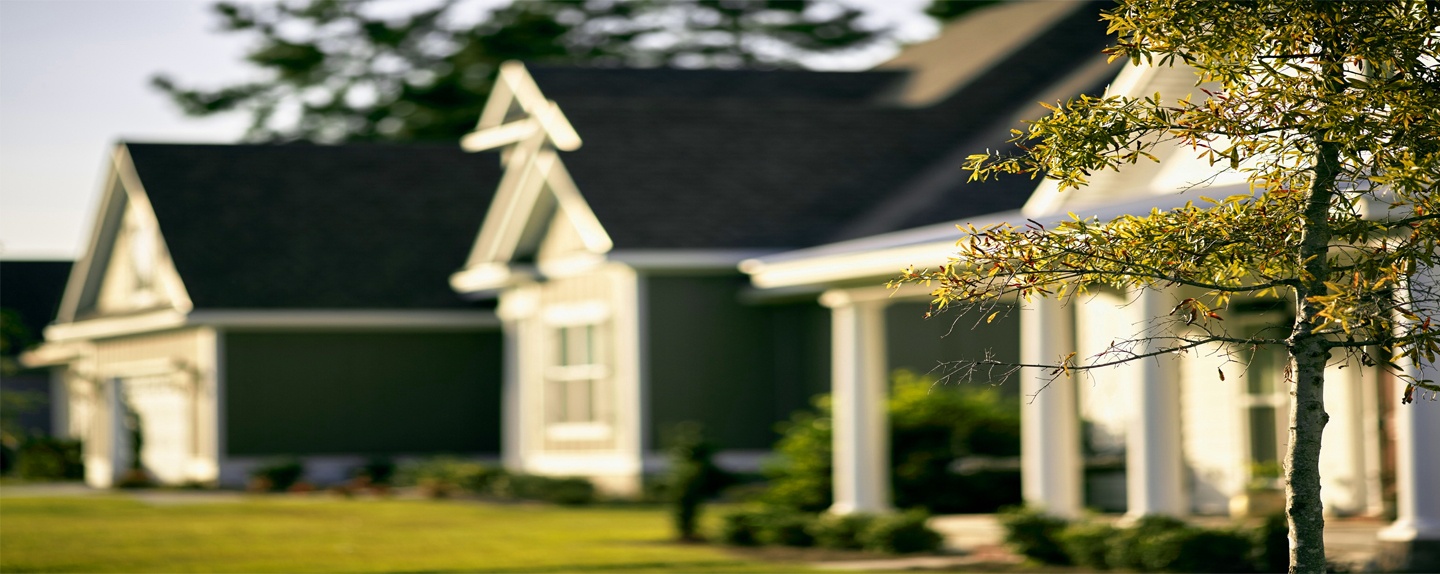When it comes to lawn renovation and overseeding, homeowners often consider various methods to improve grass density and fill in bare patches. Slit seeding is one such technique that involves mechanically cutting grooves into the soil and simultaneously seeding the area. While slit seeding can be effective in certain situations, it also comes with drawbacks that homeowners should consider carefully. In this blog post, we'll explore the negative aspects of slit seeding and whether it's a good option for your lawn.
First, let's delve into why slit seeding may not always be the best choice for your lawn:
-
Soil Compaction: The process of slit seeding involves machinery or equipment that can compact the soil, especially if not done correctly or on already compacted soil. Compacted soil inhibits root growth and can lead to water runoff, nutrient leaching, and overall poor turf health. While aeration can help alleviate soil compaction, slit seeding itself may exacerbate the problem, especially in heavy clay soils or high-traffic areas.
-
Surface Damage: Slit seeding involves cutting grooves or slits into the soil, which can cause surface damage and disruption to existing turf. This disruption can create openings for weed seeds to germinate and compete with newly seeded grass, potentially leading to weed infestation issues down the line. Proper weed control measures may be needed alongside slit seeding to manage weed growth effectively.
-
Uneven Seeding Depth: Achieving uniform seeding depth with slit seeding can be challenging, especially on uneven or sloped terrain. Inconsistent seeding depth can result in uneven germination and patchy areas in your lawn. It's crucial to follow best practices and adjust seeding depth according to soil conditions and grass type to minimize these issues.
-
Limited Seed Coverage: Slit seeding typically targets specific areas rather than covering the entire lawn uniformly. While this can be advantageous for spot treatments or targeted overseeding, it may not provide comprehensive coverage for large areas or areas with widespread thinning or bare patches. Assessing the extent of your lawn's needs and considering alternative seeding methods may be necessary for optimal results.
-
Cost and Equipment Requirements: Slit seeding often requires specialized equipment or hiring professional services, which can add to the overall cost of lawn renovation. Homeowners should weigh the cost-effectiveness of slit seeding against other seeding methods and consider factors such as lawn size, budget, and long-term maintenance requirements.
Broadcast seeding, for instance, spreads seed evenly over the soil surface without mechanical soil disruption, making it suitable for larger areas and minimizing soil compaction risks. Hydroseeding involves spraying a seed, mulch, and fertilizer mixture onto the soil, promoting rapid seed germination and establishment.
If you're looking for more information on lawn care in Massachusetts or are simply ready to speak with someone about your lawn care needs, visit www.GrassmasterPlus.com or call 978-769-3595 today!

